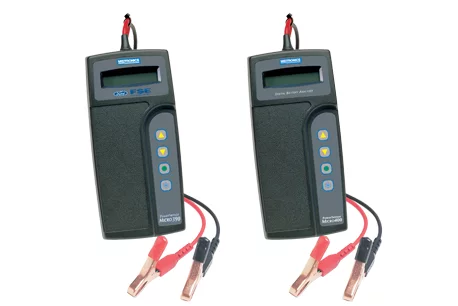
Modern fuel injected cars start much more quickly, typically using a surface discharge off the battery plates, hence the unexpected failure of the battery is more often than not seen when the battery is first put under stress, for example on a cold morning, or after a weekend stand. This process of normal ageing will eventually cause the battery to lose capacity and it will come to the point where the battery can no longer start the vehicle or equipment. Every time the battery is charged and discharged a small amount of active material is permanently lost from the plates.Īs the ultimate battery life is determined by many factors, such as temperature, battery operating state of charge, duty cycle, etc it is impossible to stipulate a minimum/maximum life expectancy in the field. charged and discharged, the active materials within the battery plates are in motion in order to release the electricity stored by the battery.

This is not a manufacturing fault.Īs the battery is cycled, i.e. The sulphation hinders the efficiency of the electrochemical reactions within the battery between the active material of the plates and the acid. The longer the period left, the greater the sulphation builds up on the plates. This is because there is a permanent drain on the battery from items such as the alarm, clock, lights, etc left on which drag the battery down to its lowest possible state of charge.

The damage can occur in storage or if the battery is installed on the vehicle (or equipment) that is not used for a period of time, for example tractor, motorcycle, boat, airport vehicle even a car or truck that is stored with the battery connected can still damage the battery. Attempts to recharge batteries left in a discharged state, even at very low charge rates will lead to damage to the grid and active material interfaces and also sulphate deposits can be formed within the separators which produce dendritic shorts. In most cases this signifies the battery as not serviceable. Sulphation can be seen as a fine white/grey coating on the positive plate and a non metallic luster on the negative plate. If a battery is allowed to stand in a discharged state either on or off a vehicle for a period of time, a chemical reaction takes place which will permanently impair the performance and life of the battery, this process is called “sulphation”. * Note all batteries picked and dispatched from Yuasa’s UK warehouse are photographed prior to dispatch to ensure our shipping quality targets are met. If the battery is stored, handled or fitted incorrectly, if the connectors leads are hammered onto terminals, leads are not correctly fastened, the battery will have damage to casing and/or terminals. Battery Problems Non Manufacturing Defects (Note a maximum of two recharges are allowed prior to sale, and product should not be sold a maximum of 9months after the expiry of first recommended recharge date). If a battery has been recharged, the recharge date on the back label should be updated by 6 months after second recharge date by physically notching the label.

It is clearly recommended that batteries are left to stand for a minimum of 3 hours after charging to ensure any gases trapped in the upper battery casings are allowed to diffuse into the atmosphere. At the end of discharge, all cells should be gassing freely. Ideally use a recharge rate as stated in “recommended recharge rate and period” according to battery type and catalogue instructions. Recharging must not be effected by means of a rapid charger due to the inefficiencies when attempting to recharge a partially sulphated battery which leads to excessive gassing and damage to the active material grid bonds within the battery, which are critical to ensure battery life. Batteries with a voltage of 12.35V or below should be recharged immediately. It is important to ensure good turn around of stock, first in, first out, especially with slow running stock of low volume lines. To ensure the batteries are not allowed to discharge to the point where they are damaged (sulphated) or so incapable of giving designed service life, regular checks of the recharge date label on the back of the battery, and voltage checks of batteries with less than 4 month remaining should be made. The higher the storage temperature and humidity of the storage area, the greater the rate of self discharge. All batteries once filled will slowly self discharge. Whether it is in storage or in service, it has a finite life. Nevertheless, it should be clearly understood that wet (filled) lead acid battery is “a live” product.

They are manufactured, in most cases to correspond with or exceed the vehicle manufacturer’s requirements and specifications. Yuasa lead-acid batteries are built to the highest standards.


 0 kommentar(er)
0 kommentar(er)
